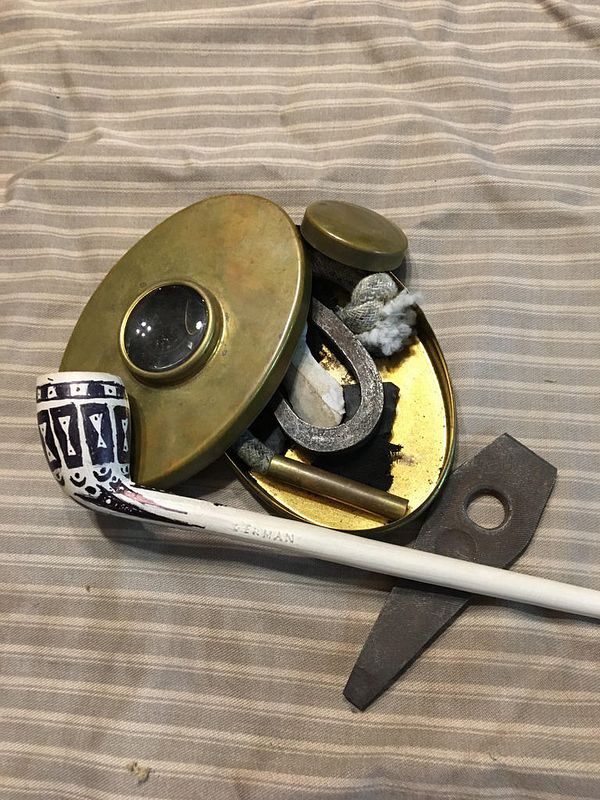buffcreekforge
40 Cal.
- Joined
- Oct 29, 2008
- Messages
- 118
- Reaction score
- 2
While looking through back posts of a well known page that features contemporary artists doing traditional work based on historical examples, I came across the work of Ra Sharek Gadd having decorated a couple of clay pipes. Doing a little background research, it would appear that early pipes were decorated first by sailors based on tattoo patterns they saw on Pacific voyages and later explorers drew patterns based on Native peoples geometric patterns on pottery. I made an attempt to duplicate an effort. As always, I appreciate the opportunity to share with the community. I remain your humble servant, Just Dave.








 Wiki said:
Wiki said:
